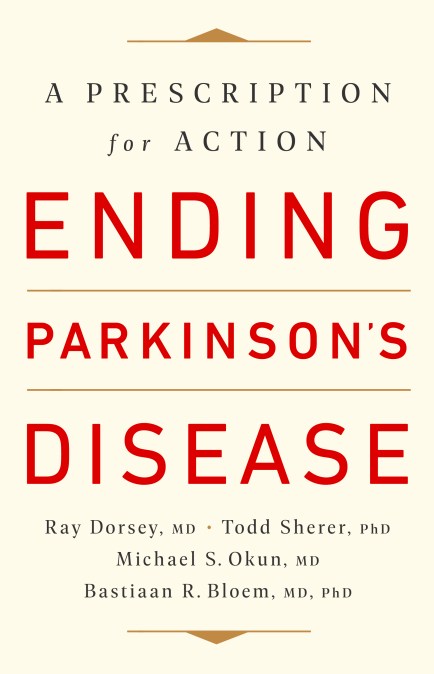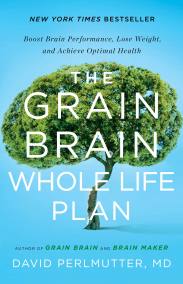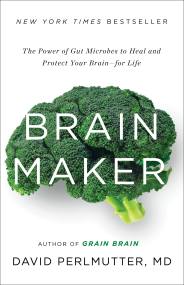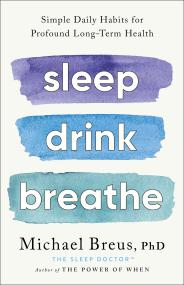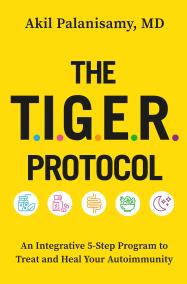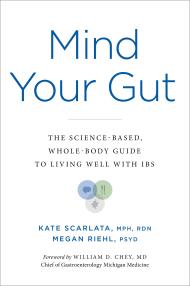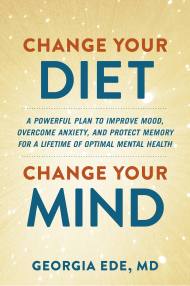Shopping Cart
Ending Parkinson’s Disease
A Prescription for Action
Description
In Ending Parkinson’s Disease, four top experts provide a plan to help prevent Parkinson’s, improve care and treatment, and end the silence associated with this devastating disease.
What's Inside
Published in 1899, the two-volume Manual of Diseases of the Nervous System, written by British neurologist Dr. William Gowers, used to be referred to as the “Bible of Neurology.” In it, Gowers recommended that for individuals with Parkinson’s disease, “life should be quiet and regular, freed, as far as may be, from care and work.” Sir William Gowers never met Jimmy Choi.
Since 2012, nine years after his diagnosis with Parkinson’s at the age of twenty-seven, Choi has completed one hundred half marathons, fifteen full marathons, one ultramarathon, six Gran Fondo bicycle rides, multiple Spartan Races, and countless 5K and 10K runs. When he was first diagnosed, Choi’s life was quiet. He went into denial, hid his diagnosis even from his wife, and did nothing. By the time he was thirty-four, he weighed 240 pounds and walked with a cane. One day while carrying his young son, the two fell down a flight of stairs. Neither was hurt, but the accident motivated Choi to regain his health.
After reading an article about someone with Parkinson’s competing in a marathon, Choi took up running. He completed a 5K, then a 10K and a 15K, and, in 2012, his first marathon.
Several years ago, while watching the television show American Ninja Warrior, Choi’s ten-year-old daughter told her father he should apply. Choi did, and in July 2017, he became the first person with Parkinson’s to compete. Choi said participating was the “most terrifying thing [he has] done.” Although he fell on the course’s balance obstacle, his performance was stirring to watch. The show’s cohost, Akbar Gbajabiamila, whose father has Parkinson’s, was visibly moved. A year later, Choi returned to American Ninja Warrior. Despite a noticeable tremor, he competed until he was bested by the third of ten obstacles. The crowd gave him a standing ovation.
Choi’s exercises have a purpose. He runs to build endurance to prevent fatigue from Parkinson’s. He does burpees so he can learn how to fall safely and get back up again. He only wishes that he had embraced exercise earlier.
Choi is not sentimental about his disease. He says, “Parkinson’s sucks.” But to people who suggest that he could run even faster without it, Choi replies, “I don’t think that I would be running a marathon if I didn’t have Parkinson’s.” He is not the only one with Parkinson’s who has found exercise to be a boon.
Cathy Frazier, a graphic design firm owner who was diagnosed in 1998 at the age of forty-three, has discovered the benefits of bicycling. She did so with her friend, Dr. Jay Alberts, who happens to be a neuroscientist. Alberts, an avid cyclist, thought it would be fun to ride a tandem bicycle with Frazier 460 miles across the entire state of Iowa to raise awareness of her disease. During the ride, Alberts set a quick pace. “I was driving her to pedal faster than she would on her own.”
During their weeklong trip, both Frazier and Alberts noticed that her symptoms improved. Frazier said, “It doesn’t feel like I have Parkinson’s when I’m on the bike.” Alberts saw that her tremor subsided and her handwriting improved. Given the changes, Frazier continues to cycle, sometimes on a tandem bicycle, and her writing remains smooth and clear. The pair even co-founded Pedaling for Parkinson’s, an organization dedicated to understanding how physical activity affects the motor symptoms of the disease.
Alberts began to investigate what he termed “forced exercise”—exercising at rates higher than people can achieve by themselves. In a small ten-person study, Alberts and his colleagues looked at individuals with Parkinson’s who rode a tandem bicycle with a trainer pushing their speed, as he had done with Frazier. The scientists found that both forced exercise and traditional bicycling improved aerobic fitness. However, only forced exercise improved motor function in the study’s participants.
Alberts also looked into studies done on animals. In one study, mice with Parkinson’s experienced a similar benefit from forced exercise. After the mice were put on a treadmill at a faster speed than their “preferred running velocity,” their motor function improved, and growth factors for nerve cells increased. These growth factors help nerve cells develop and survive. They may also increase the release of dopamine and improve communication between nerve cells.
Alberts has continued his research. In a National Institutes of Health–funded, eight-week, one-hundred-person study, he found that people with Parkinson’s who biked at high speed—between eighty and ninety revolutions per minute—appeared to have the greatest benefit from exercise. Next up is a one-year study that will follow three hundred people who are pushed beyond their usual exercise rates.
Alberts’s positive results are supported by numerous randomized controlled trials that have demonstrated the value of exercise for people with Parkinson’s—even at a pace they could achieve on their own. A review of fourteen randomized controlled trials of stretching, strength training, walking, and other exercises found that all improved physical function, quality of life, balance, and gait speed for people with the disease.
Given the clear benefits of exercise for those with Parkinson’s, a new question arises. Can exercise help prevent Parkinson’s? Two studies published in 2018 sought to answer that question. In one, researchers examined over 7,000 veterans. They found that compared to the least physically fit, those who were in the best shape were 76% less likely to develop Parkinson’s twelve years later. Their findings and others led the researchers to conclude, “[These] observations provide strong support for recommending physical activity to diminish [the] risk of Parkinson’s disease.”
In the second study, researchers at Zhejiang University in China reviewed eight previous studies, involving over 500,000 participants, to determine whether physical activity lowered the chances of developing Parkinson’s a decade or more later. They found that exercise was associated with a 21% decreased risk. Exercise that was moderate to vigorous and done consistently (e.g., 7 to 8 hours of walking or 3.5 to 4 hours of lap swimming each week) pushed that number even higher—to a 29% decreased risk of developing the disease. An additional hour per week of vigorous exercise (e.g., jumping rope) or two hours of moderate exercise (e.g., bicycling) decreased the risk of Parkinson’s by another 9%. Although promising, the protective effects of exercise are far from absolute. But science is showing that in addition to helping us feel better and live longer, exercise likely reduces our risk of Parkinson’s. And the more you do it, the better.

